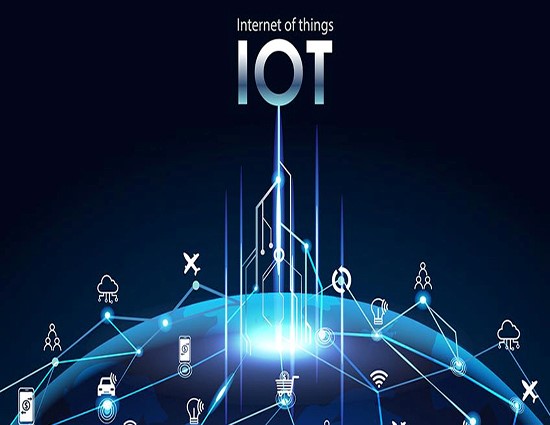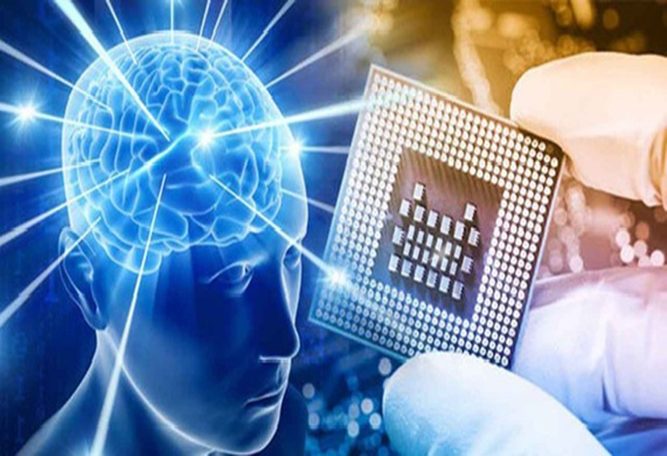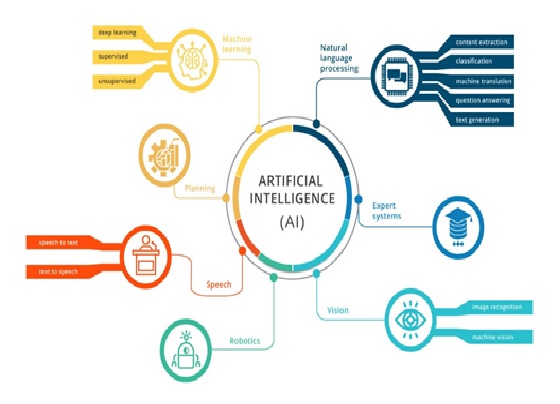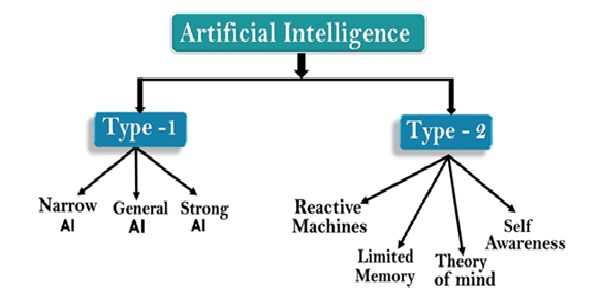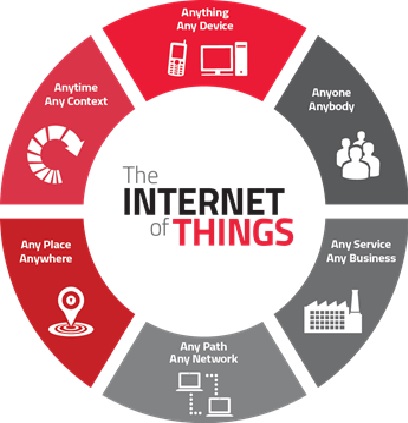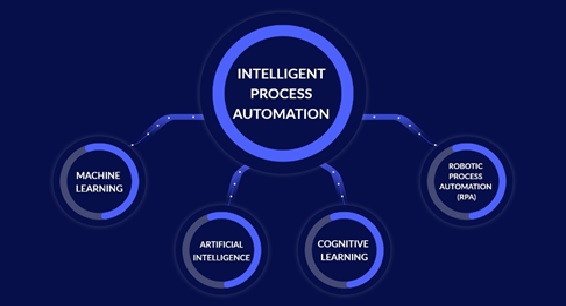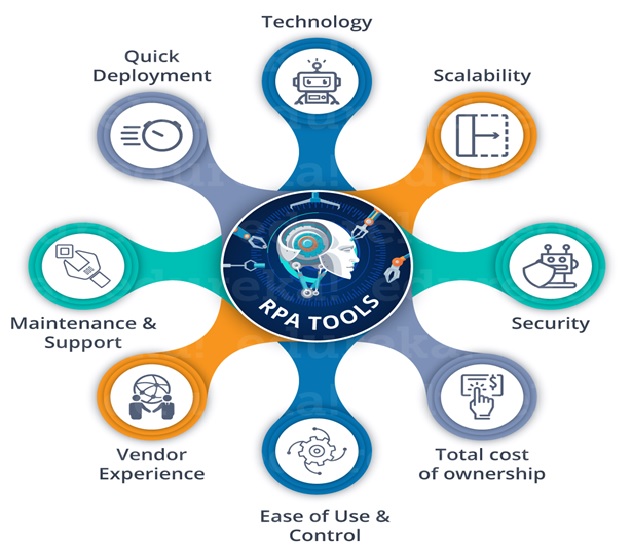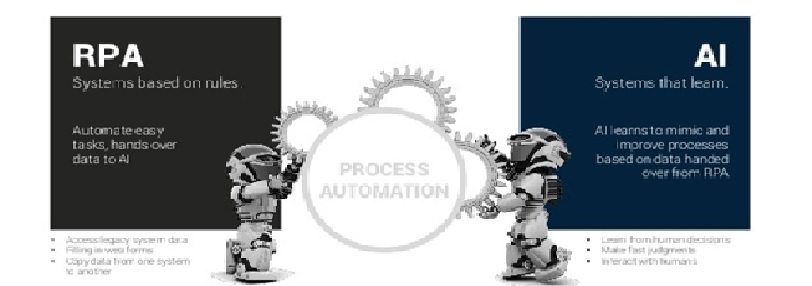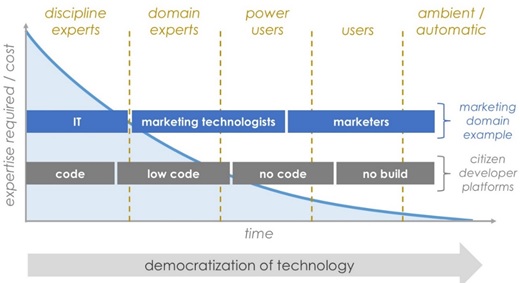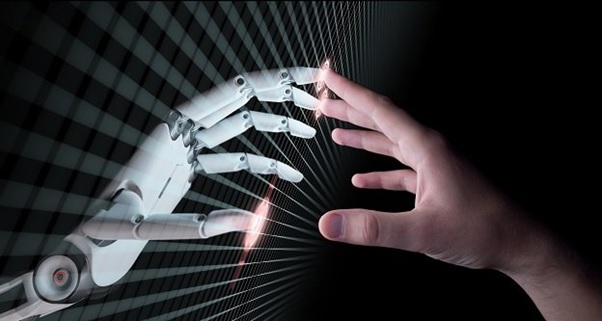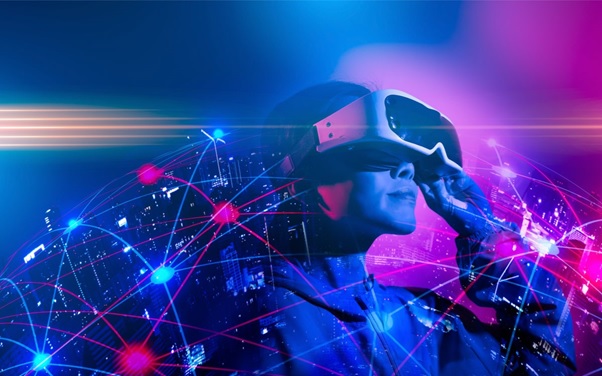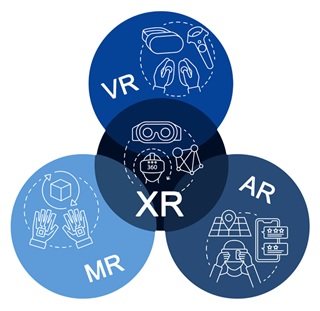A Focus of Artificial Intelligence Against COVID-19
Artificial intelligence plays a critical role in the fight against COVID-19, including areas like pandemic detection, vaccine development, thermal screening, facial recognition with masks, and analyzing CT scans.
BlueDot, an application developed by a company from Toronto, Canada, was a major pioneer in early warning systems for identifying pandemics such as COVID-19. BlueDot was the first to publish a paper that predicted COVID-19’s spread worldwide.
Bluedot’s system scans over 100,000 media sources worldwide in over 65 different languages daily to ascertain dangerous outbreaks in nearly real time. [1] To predict the risk of a disease becoming a pandemic, the following threat vectors are analyzed:
- Insect and animal populations
- Global and regional climate conditions
- Flight data and itineraries worldwide
- Capacity of health systems
- Vaccine Development
When developing new vaccines, the goal is to include strongly immunogenic viral components that cause a response from the immune system. Machine learning has enabled great strides in immunology. [2] Artificial intelligence can help identify viral fragments that have the properties needed to accomplish these goals. The figure 1 shows the Artificial Intelligence with Covid 19.
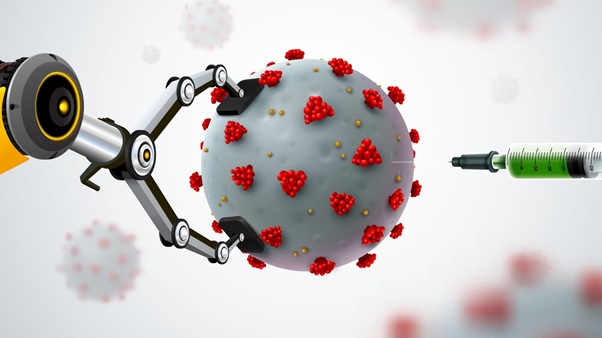
Figure 1: Artificial Intelligence and the Control of Covid 19
Machine learning enables advancements that humans would not be able to achieve otherwise. The precision, efficiency, and speed of these developments cannot be achieved with human work alone. With machine assistance, immunologists have identified over one million fragments of proteins on a cell’s surface that are discoverable by T-cells.
SYGFQPTNGVGYQPY, a fragment from COVID-19, could be a fragment with these desirable qualities. [3] However, without machine learning assistance, humans alone won’t be able to tell for sure. Thanks to machine learning, COVID-19 vaccine development is continuing quickly.
According to the FDA, non-contact infrared thermometers and other kinds of thermal screening systems use a variety of methods to determine the temperature of objects like humans. AI can quickly parse through many people at once to identify people with high temperatures. This can help to identify symptomatic individuals.
Deep learning systems in facial recognition technology have improved enough that they can identify individuals with masks with accuracy of up to 95%. Even though large numbers of people are wearing masks, facial recognition is not concerned with whether or not they are wearing masks.
Human error is a problem in CT scan analysis. Artificial intelligence can detect pneumonia caused by COVID-19 in chest CT scans via multinational training data for machine learning.
References:
- https://mobidev.biz/blog/technology-trends-healthcare-digital-transformation
- https://www.coe.int/en/web/artificial-intelligence/ai-covid19
- https://www.wipro.com/blogs/radha-vuppalapati/the-role-of-artificial-intelligence-in-fighting-covid-19/
Cite this article:
Vinotha D (2021), A Focus of Artificial Intelligence Against COVID-19, AnaTechMaz, pp. 14


